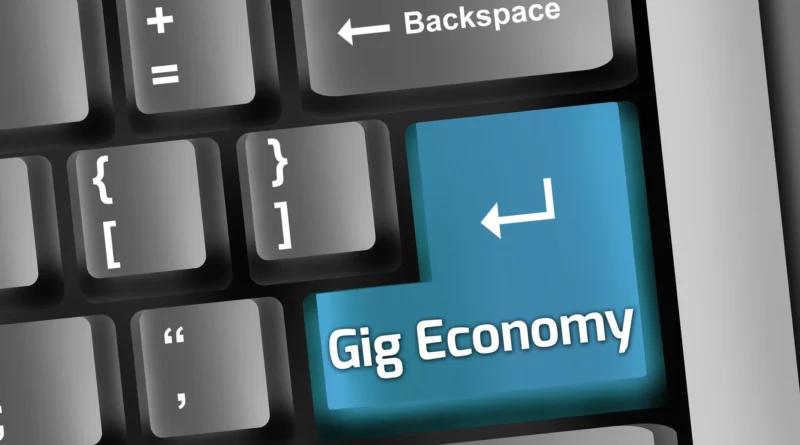The Gig Economy and Retirement_ Building a Robust Nest Egg as a Freelancer
Establishing a Strong Nest Egg as a Freelancer in the Gig Economy and Retirement
Nowadays, a sizable segment of the workforce is made up of freelancers, independent contractors, and self-employed people. Although the gig economy allows for flexibility and independence, it also poses special problems, particularly when it comes to retirement planning and making the most of 1099 employee tax breaks.
Understanding their tax responsibilities is one of the biggest challenges that freelancers confront. The IRS (Internal Revenue Service) receives a 1099 form from freelancers instead of a W-2 form, which is given to regular employees (IRS). Because it impacts how independent contractors compute and pay their taxes, this distinction is essential.
When it comes to taxes, independent contractors must understand the nuances of self-employment income tax. They must, therefore, set aside a percentage of their income each month to pay their annual tax obligations.
Freelancers who want to accumulate a sizable retirement fund must comprehend the tax consequences of self-employment income. Freelancers can increase their retirement contributions by optimizing their tax savings, assuring a stable financial future.
Knowing the numerous deductions and credits that are available to them should be one of the first actions that freelancers take. For example, office supplies, equipment, and even a percentage of home office costs can all be written off by freelancers, unlike typical workers. Freelancers may make sure they are utilizing all permitted deductions, hence lowering their taxable income, by maintaining precise records and consulting with an experienced tax expert.
Knowing self-employment tax rates is another essential component of tax preparation for independent contractors. Freelancers must pay self-employment tax, which includes Social Security and Medicare payments, in addition to standard income tax. With 12.4% going to Social Security and 2.9% going to Medicare, the current self-employment tax rate is 15.3%. Freelancers’ tax obligations can be efficiently reduced by deducting the employer component of the self-employment tax from their tax filings.

Freelancers might think about setting up a retirement plan that is specially made for independent contractors to further enhance tax savings. One of these choices is a Simplified Employee Pension (SEP) IRA, which enables independent contractors to contribute up to 25% of their net self-employment income, with a cap of $58,000 in 2021. Tax-deductible contributions to a SEP IRA lower both income tax and self-employment tax liabilities.
The Solo 401(k), also known as an Individual 401(k), is an additional retirement savings option for independent contractors (k). With the ability to contribute both as an employer and an employee, this plan may allow for even bigger contributions from freelancers. Freelancers can make up to $19,500 in employee contributions for the 2021 tax year, and employers can make extra contributions of up to 25% of net self-employment income, for a total maximum of $58,000.
While it can be challenging for independent contractors to navigate the complexities of taxes and retirement planning, getting expert advice can greatly improve your situation. Insightful advice and assurance that freelancers are maximizing their tax savings while adhering to all applicable tax regulations can be obtained by speaking with a certified public accountant (CPA) or a tax expert who focuses on self-employment taxes.
Building an emergency fund and controlling cash flow should be freelancers’ top priorities in addition to tax preparation. Unpredictable income might make it difficult to save regularly, but putting away a percentage of each paycheck can help freelancers manage their finances and make regular contributions to their retirement accounts.
In order to reduce the risks involved with relying primarily on one source of income, independent contractors should think about diversifying their revenue sources. Freelancers may develop a more steady and consistent revenue flow, which can contribute to a more secure retirement, by broadening their clientele and looking into new opportunities within their field.
Finally, when it comes to retirement planning and optimizing tax savings, independent contractors confront special difficulties. For independent contractors aiming to amass a sizable nest egg, it’s important to comprehend the nuances of self-employment income tax, self-employment tax rates, and potential deductions. Freelancers may guarantee a financially secure retirement in the gig economy by working with tax specialists, taking advantage of retirement plans created for the self-employed, and managing their cash flow efficiently.
Visit our site: News Infowars




